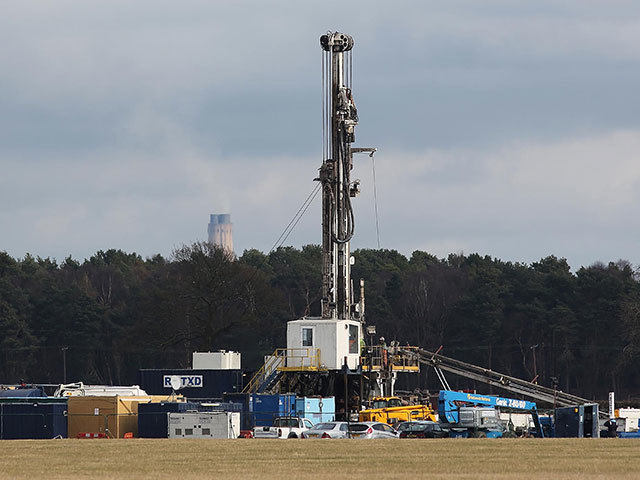
Rules to curb tremors from fracking are as strict as banning buses driving past houses or slamming wooden doors, experts said as they called for the regulations to be eased.
Energy engineers from the University of Glasgow said the measures brought in by the Department of Energy and Climate Change are unnecessarily restrictive, and rules closer to those applied for activities such as quarry blasting should be brought in.
Dr Rob Westaway and Professor Paul Younger, of the University of Glasgow’s School of Engineering, also said the risk of serious earthquakes caused by fracking activity is lower than feared.
The seismic restrictions – brought in after two small earthquakes were felt near Blackpool, Lancashire, following fracking for shale gas – require the shutting down of operations which cause surface vibrations greater than magnitude 0.5 on the Richter scale.
Dr Westaway said: “That level of vibration is extremely low.
“To put it in perspective, if regulations for other vibration-causing activities were similarly restrictive you’d have to prevent buses from driving in built-up areas or outlaw slamming wooden doors.”
Hydraulic fracturing – or fracking – involves pumping water, chemicals and sand at high pressure deep underground to fracture shale rock and release the gas trapped in it
Dr Westaway said that by analysing the seismic waves caused by fracking, they had determined a scale of activity that would create surface vibrations within the limits already allowed by quarry blasting regulations.
“For example, induced earthquakes of magnitude 3 from fracking activities 2.5km (1.6 miles) below the earth’s surface will create surface vibrations similar to the limits allowable from quarry blasting.
“Conversely induced earthquakes at the current UK regulatory limit of magnitude 0.5 would be expected to produce vibrations in a person’s home that are smaller than those typically caused by the movement of buses or lorries past the end of their garden and comparable to many other widely-accepted forms of ’nuisance’ vibration.”
The engineers, in a paper published in the Quarterly Journal of Engineering Geology and Hydrogeology, also said the longest fracture that could be caused by fracking was 600 metres (2,000ft) long, as a result of the amount of fracking liquid available.
A 600m-long fracture created in a single rupture was “very unlikely” and would correspond to a maximum quake of magnitude 3.6.
Professor Younger said: “That might be sufficient to cause minor damage on the surface such as cracked plaster.
“Again, however, there is already regulation in place for compensation for similar incidents caused by RAF fly-bys or mining operations. We’d suggest it would make sense for similar schemes to be put into place for fracking.”
He also said the biggest cause of serious seismic accidents in fracking operations around the world was not from drilling or fracking itself but from disposing waste water back into the borehole after the process, which can cause earthquakes.
“In Britain, we’ve adopted long-standing EU groundwater regulations which bar sub-surface disposal of waste water completely, meaning there is no danger of this sort of event happening here. Instead, the water would be treated and disposed of safely elsewhere.”
Recommended for you
